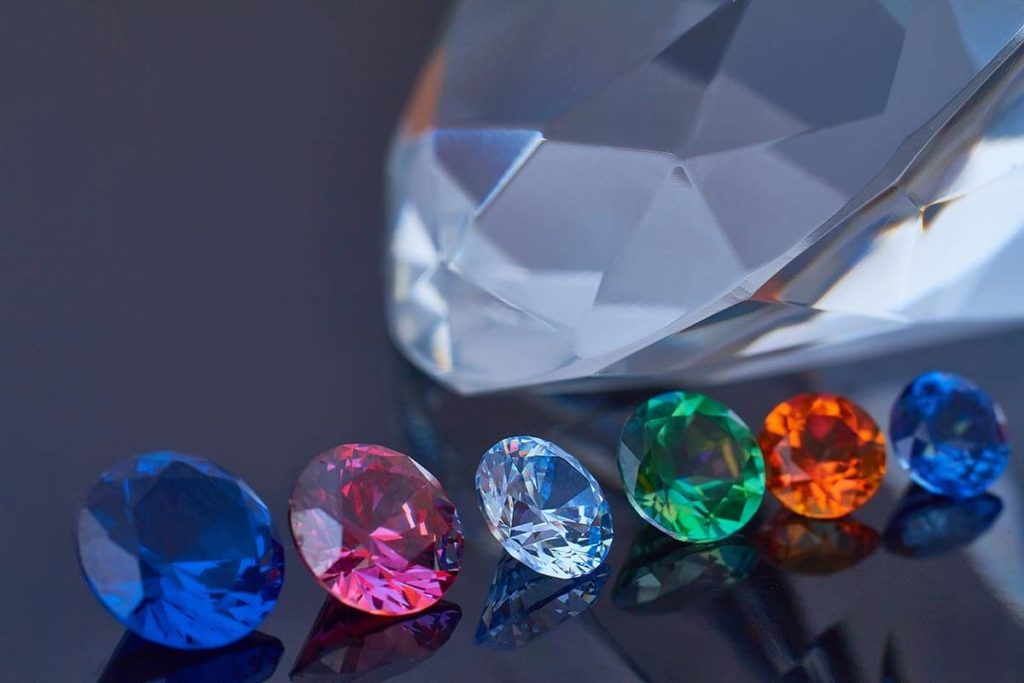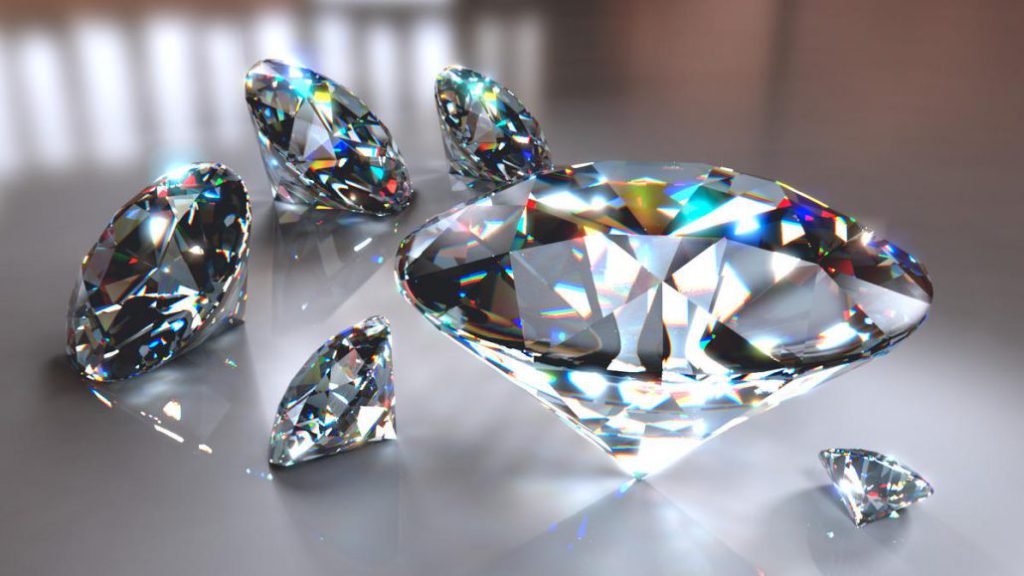
Diamonds have for quite some time been a symbol of beauty, elegance, and status. The decision between lab-grown and natural diamonds has turned into a significant discussion as of late. As innovation continues to advance, the market for lab-grown diamonds has grown, leading consumers to question whether these diamonds are really comparable to natural ones. In this article, we will investigate the differences and similarities diamante de laboratorio vs natural to assist you with making an informed decision.
Table of Contents
What is a Lab-Grown Diamond?
A lab-grown diamond, also known as a synthetic or man-made diamond, is a diamond that is delivered through technological processes in a laboratory. These diamonds are created using two primary methods: High Pressure High Temperature (HPHT) and Chemical Vapor Deposition (CVD). The two methods replicate the natural processes that happen profound within the Earth, resulting in a diamond that is chemically, physically, and optically identical to its natural counterpart.
One of the most significant advantages of lab-grown diamonds is that they are more affordable than natural diamonds. Because of their controlled environment, they also will generally have less imperfections and inclusions, making them an attractive decision for consumers who want a great diamond at a lower cost.
What is a Natural Diamond?
Natural diamonds, then again, are formed north of millions of years under outrageous heat and pressure profound within the Earth’s crust. The formation of natural diamonds involves a complicated natural process that cannot be replicated in a laboratory. These diamonds are mined from the Earth, a process that requires significant resources and labor.
The uniqueness of natural diamonds lies in their age, scarcity, and the natural inclusions that make each stone exceptional. They are typically considered more valuable because of their rarity and the extended geological process expected for their formation. Additionally, many consumers are drawn to the emotional value that comes with owning a natural diamond, as they represent something ancient and timeless.
Lab-Grown Diamonds vs Natural Diamonds: Chemical Composition
With regards to chemical composition, both lab-grown and natural diamonds are made of unadulterated carbon atoms arranged in a crystalline structure. This arrangement is what gives diamonds their remarkable strength and brilliance. There is no distinction in the molecular structure of lab-grown and natural diamonds; they are both chemically identical.
However, the way they are formed is different. While natural lab made diamonds take millions of years to form under outrageous tension and temperature, lab-grown diamonds can be created in a matter of weeks. Despite this, the resulting item is essentially the same, both visually and structurally. This means that lab-grown diamonds possess the same hardness, brilliance, and light dispersion that natural diamonds do.
Lab-Grown Diamonds: Environmental and Ethical Considerations
One of the vital arguments in favor of lab-grown diamonds is their environmental impact. The mining of natural diamonds has been associated with significant environmental damage, including deforestation, habitat destruction, and water contamination. In contrast, lab-grown diamonds are created with a lot smaller environmental footprint. They don’t need mining, and the energy used to create them is frequently sourced from renewable resources.
Ethical concerns surrounding the diamond industry are also important to many consumers. The mining of natural diamonds has been linked to human rights violations, including youngster labor and unsafe working conditions in some regions. Lab-grown diamonds, being ethically sourced, give an alternative to consumers who are worried about the social and environmental consequences of diamond mining.
Natural Diamonds: The Value of Rarity
Despite the growing popularity of lab-grown diamonds, many individuals still value the rarity and natural origin of mined diamonds. Natural diamonds are seen as a symbol of endurance and tradition, for certain buyers preferring them for their historical significance. A natural diamond is much of the time seen as a lasting investment because of its scarcity, and many individuals associate it with a profound emotional association, particularly in engagements and weddings.
The rarity of natural diamonds is also attached to their value. While lab-grown diamonds are becoming more affordable, the scarcity of natural diamonds ensures that they retain their value over the long haul. This is an important consideration for those who view diamonds not just as an extravagance thing yet as an asset that can increase in value or serve as a legacy.
Lab-Grown vs Natural Diamonds: Cost and Availability
Cost is one of the most significant differences between lab-grown and natural diamonds. Lab-grown diamonds are generally 20-40% less expensive than their natural counterparts. This value distinction is largely because of the distinction in the creation process. While lab-grown diamonds are mass-delivered in controlled environments, natural diamonds are rare and challenging to mine, making them more expensive.
For consumers looking for a diamond with the best value for cash, lab-grown diamonds offer a more affordable choice without settling on quality. Then again, those who seek the remarkable appeal of a rare, natural stone may still really like to invest in a natural diamond, despite the fact that it comes at a greater cost.
The Fate of Diamonds: Lab-Grown vs Natural Diamonds
As innovation advances, the demand for lab-grown diamonds is supposed to continue growing. These diamonds are gaining popularity because of their affordability, ethical sourcing, and environmental benefits. Additionally, the ability to deliver diamonds in various colors, sizes, and shapes has made lab-grown diamonds increasingly appealing to consumers who want a more personalized piece of gems.
Natural diamonds, however, will continue to hold their place in the market, largely because of their rarity and the emotional association that many individuals feel toward them. They will remain a symbol of extravagance and tradition, particularly for significant life altering situations such as engagements and weddings.
In conclusion, the decision between lab-grown and natural diamonds ultimately depends on personal preferences and values. While lab-grown diamonds offer a more ethical and environmentally cordial alternative at a lower cost, natural diamonds continue to be valued for their rarity, history, and emotional significance. Whether you choose a lab-grown or a natural diamond, the two types offer beauty, durability, and a lasting symbol of adoration and commitment.






